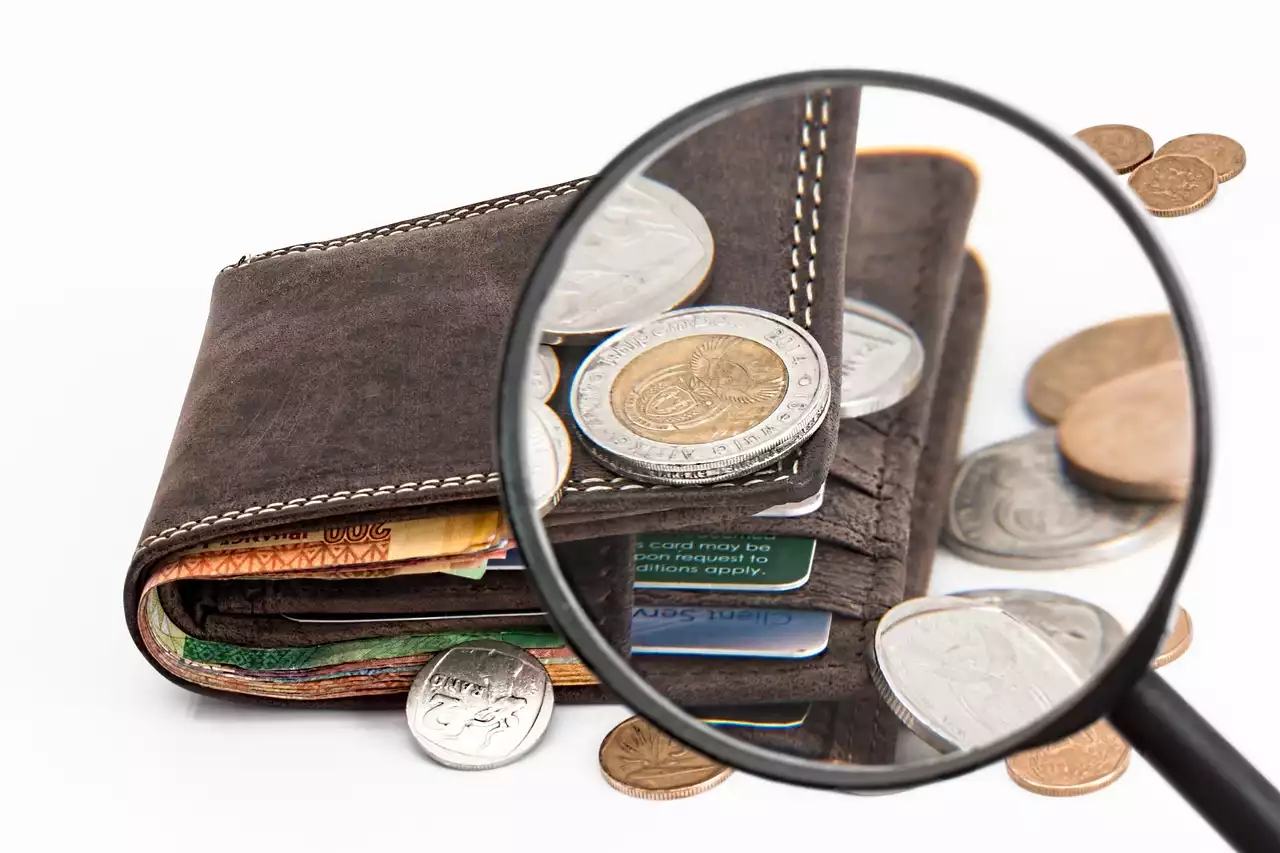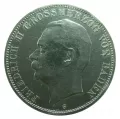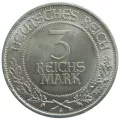In the 19th century, watermelons were not as accessible as they are today. They were practically a delicacy, especially in the autumn when there was an abundance of them. This led to competitions and stunts about growing the largest watermelon. The farmers that grew the biggest ones would sell them for a higher price and make a profit from it. Unfortunately, in 1890, a group of thieves discovered that the value of watermelon banknotes was greater than their nominal value. For example, a $1 bill could be used to buy up to $10 worth of watermelons if the merchant accepted it as payment. Once people caught on to this scheme, however, they stopped taking these notes as payment for their produce. Only two bills still exist today; both are owned by collectors (one each in private collections). In addition, with new technology being developed at that time such as barcodes these kinds of frauds became much more difficult to pull off again.
What Was So Special About This Banknote?
The watermelon bill that was used as the grand-watermelon fraud was printed on special paper that was woven to prevent counterfeiting. This paper made it much more difficult for forgers to copy the banknote and make their copies. It was also printed in red and blue ink on both sides the front and back. This was a very unusual printing method, and it is probably what made it so difficult to counterfeit. The watermelon bill was made out of silk and was extremely rare. It is the only bill of its kind, as the rest of the bills were burned after the fraud was revealed. There are theories that it may have also been made out of steel (possibly at the request of the owner). This would have made it a much more durable and difficult-to-destroy type of bill.
The 1890 Watermelon Grand Bank Note Looks Like This
As expected, the watermelon bill is a very large piece of paper. If a normal $1 bill is about 3" x 2", the watermelon bill is about 18" x 12". It is printed in blue and red ink on both sides. The front side of the watermelon banknote depicts a giant watermelon with a man and a horse standing beside it. The banknote is made out of silk, as it was the only type of banknote that could be used in the giant watermelon fraud.
How Did the Fraud Work?
One of the most important things to understand about this type of fraud is that it was not a single instance it was a string of frauds with one group of people passing the money they had faked to another group. The people involved in the creation of the fraud had to make sure they stayed ahead of the authorities and law enforcement officers by making sure that the bills were of high quality and difficult to spot as counterfeit. The first step of the watermelon bill fraud was finding a way to create a very realistic watermelon banknote. This was most likely done by printing an average $1 bill on the silk a very uncommon printing method that made the money much more difficult to identify as counterfeit. The next step was to find a way to create an endless amount of these bills. According to one of the articles about the watermelon banknote, the group that was passing the bills had hundreds of them.
How Were These Notes Made?
The first step of making these banknotes was to find a watermelon that was big enough and had the correct amount of seeds inside so that the bill would look real. Once the watermelon was found, the group took it to a printing press. The paper that was used to make the watermelon banknotes was very thick and difficult to destroy. This meant that when the group was finished printing the bills, they had to soak the paper in water and then use a heated iron to burn the excess ink off. The heated iron would have left an imprint on the paper, which would have made it very easy for someone to identify these banknotes as fake. Another theory is that the bills were printed on steel making them a much more durable and difficult-to-destroy type of bill.
Why Was There Only One Type of 1890 Watermelon Banknote Printed?
The group that was responsible for creating the watermelon bills had to make enough bills to last them for months. This meant that they likely only had enough time to print one copy of the watermelon banknote. The watermelon bills were also printed on a type of paper that was very difficult to create more of. There are theories that the group that created the watermelon bills used the same printing press that was used to print money. They would have used this press because it was the only one that would be able to print on a piece of silk without tearing it.
Conclusion
The watermelon fraud was an elaborate scheme that lasted for many months and only came to an end when one of the bills was brought to a bank to be redeemed for $10. The bank employee noticed that the watermelon bill was printed on silk and was likely a fake banknote. The police were notified and the group that was responsible for producing the watermelon bills was arrested. The watermelon bills were then destroyed and the criminals were sentenced to jail. The 1890 watermelon banknote is one of the rarest and most unusual pieces of paper money ever printed. It was used in one of the most elaborate banknote frauds that have ever been tried.


 Everyone has Heard of Photoshop
Everyone has Heard of Photoshop Adobe Lightroom is Industry Standard
Adobe Lightroom is Industry Standard
 Materials Required For Oil Painting
Materials Required For Oil Painting What are Collectable Banknotes?
What are Collectable Banknotes? The First Paper Bank Note
The First Paper Bank Note Collecting Bank Notes as a Hobby
Collecting Bank Notes as a Hobby An Insight into British Currency
An Insight into British Currency